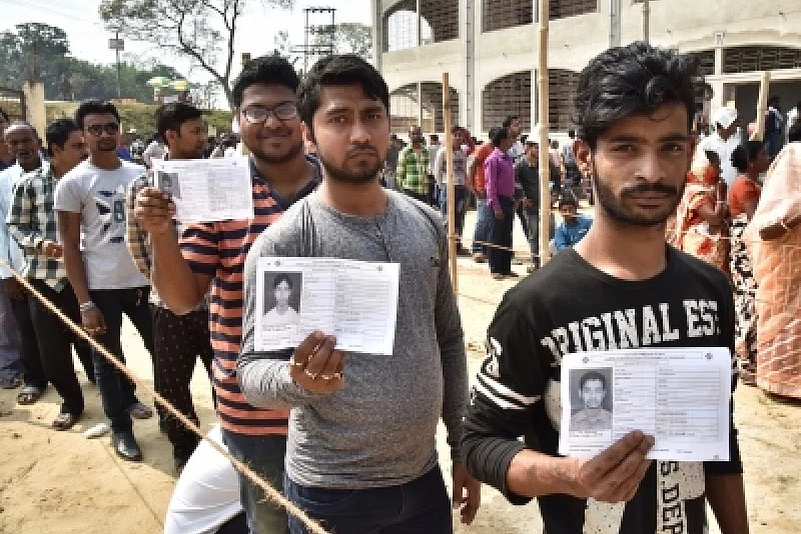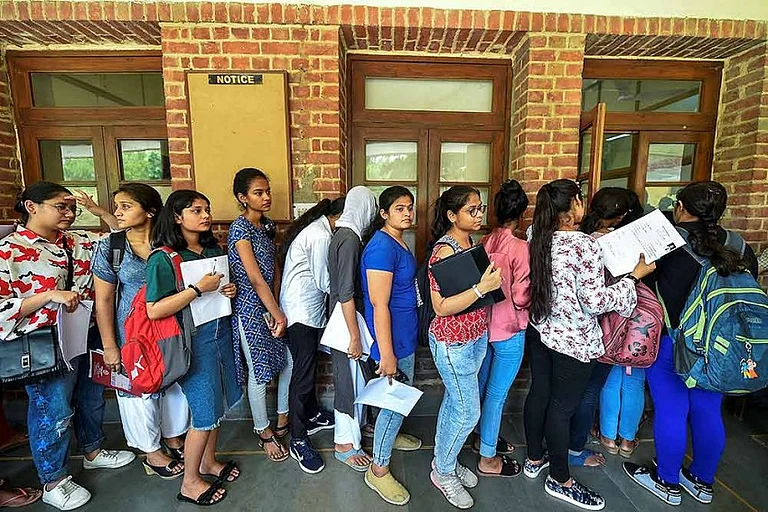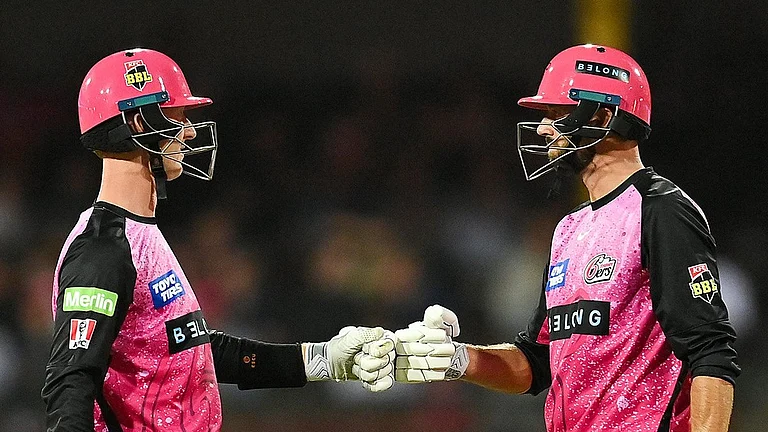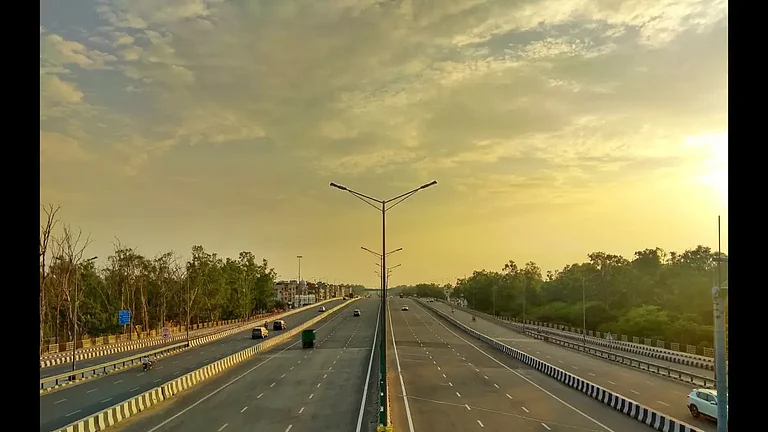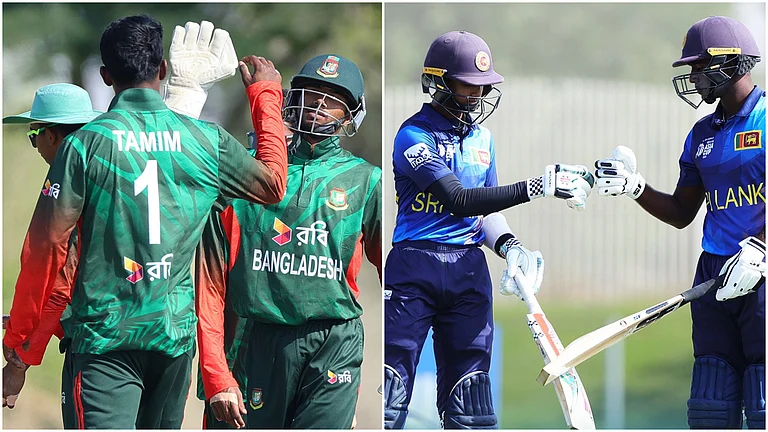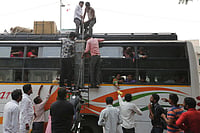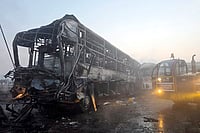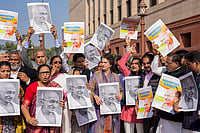As India heads into much-awaited Lok Sabha elections to constitute the 17th Lok Sabha, Outlook brings to you some interesting facts about the demographic profile of the 543 parliamentary constituencies in the past two general elections. We focus on the concentration of male voters state-wise in the 2009 and 2014 elections .
According to data, in 2014 the all-India number of male voters stood at over 29 crore – 29,32,36,779.
The number of male voters rose by over 6 crore (6,74,71,753) since the 2009 elections, when the figure was 22,57,65,026.
In the 2014 Lok Sabha elections, across 133 constituencies, the number of male voters per constituency was over 6 lakh, in 136 constituencies, the number was between 5.5 to 6 lakh, in 128 constituencies it was between 5 to 5.5 lakh, while in 146 constituencies the number of male voters was below five lakh.
Almost the entire West Bengal, parts of Assam, Chhattisgarh, Andhra Pradesh, western Rajasthan, parts of Haryana, Madhya Pradesh and Uttar Pradesh had male voters numbering over 6 lakh per constituency.
Conversely, almost the whole of Kerala, Himachal Pradesh and Arunachal Pradesh, large chunks of Jammu and Kashmir, Uttarakhand, many northeastern states – Manipur, Mizoram, Meghalaya, some bits of Chhattisgarh and Jharkhand, northern Bihar and parts of Gujarat had voters numbering below 5 lakh per constituency.
Three constituencies with the highest number of male voters were Malkajgiri in Andhra Pradesh – 8,78,093; Gauhati (Assam) with 7,85,494 and Ghaziabad (Uttar Pradesh) with 7,82,170 male voters.

The three constituencies with the lowest voters were Lakshadweep (ST) with 21,585 male voters, followed by the Union Territory of Daman & Diu with 42,378 and Ladakh in Jammu and Kashmir with 58,035 male voters (Courtesy India Elects 2014).
In the 2009 elections, 175 constituencies had male voters numbering over 4.5 lakh, with almost the entire Andhra Pradesh and West Bengal, large chunks of Assam, Haryana and Punjab having the highest concentration of such constituencies.
There were 141 constituencies with male voters numbering between 4 to 4.5 lakh, 135 constituencies with between 3.5 to 4 lakh male voters, and 92 constituencies with male voters below 3..5 lakh.
Almost the entire Arunachal Pradesh, Uttarakhand, Mizoram, Meghalaya, parts of Gujarat, Rajasthan, northern Bihar and a chunk of southern Chhattisgarh had male voters below 3..5 lakh per constituency.

The constituency with the highest number of male voters in 2009 was again Malkajgiri in Andhra Pradesh, at 6,50,733, followed by Nagaland (Nagaland) at 6,13,756, and Arambagh (SC) in West Bengal with 6,09,840 male voters.
The constituencies with the lowest male voters were the Union Territory of Lakshadweep (ST) with 19,721, Daman & Diu with 32,502 and Ladakh with 53,907 male voters.






